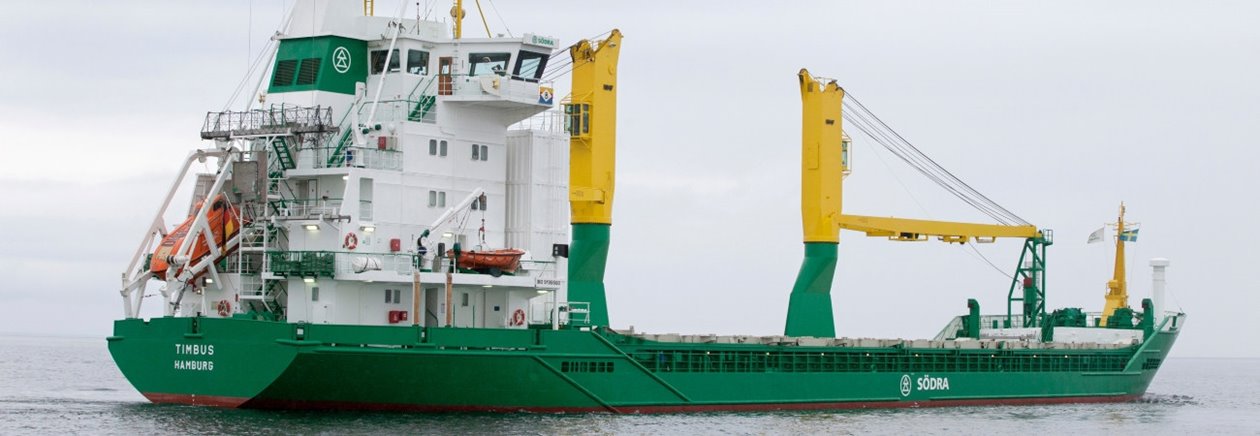Logistics: New year, new challenges

Just when logistics teams were beginning to breathe a sigh of relief after the challenges of the pandemic, they begin 2024 with new issues. Backed by Iran, Houthi rebels have attacked several commercial vessels in the Red Sea in recent weeks and this has led to all commercial containerships avoiding the Suez Canal and rerouting via the Cape of Good Hope. The alternative route adds thousands of nautical miles and 13-14 days of travel time.

Ola Holgersson, Södra Cell’s Logistics Manager: “Södra’s shipments in this region are delivered via our trading house partners and we have long-standing relations with shipping companies. Our own chartered vessels sail only within Europe. Pulp shipments through the Canal are dominated by softwood rather than hardwood, primarily from Finland but also with small amounts from Sweden and Germany.
“We are liaising closely with all our partners in the logistics chain, but some global supply disruption is inevitable, and we are no exception. There is always a knock-on effect when one link in the chain is changed, and we are now looking at holding stock in European ports for several weeks as we wait for delayed containers.”
“Sea freight costs to Asia from Europe have increased significantly as a consequence of the situation in the Red Sea,” adds Knut Omholt, Södra’s Market Research Manager, “but this rise is nothing like the price hikes we witnessed during the pandemic, and nor is the disruption so far. There will inevitably be delays to shipments, for us and for everyone else shipping rerouted goods, and this combined with delays to goods arriving late at their destinations will likely lead to some inflationary pressures. But again, we are hopeful it will not be anywhere near the scale witnessed during the pandemic.
“It’s also worth noting that the route works both ways,” continues Omholt. “While shipments from Europe to Asia are adversely affected, so too are those from Asia to Europe. In the short term, this could prove a temporary boost for European paper producers as we see the cost of Asian paper exports to Europe increasing.”
“We learned a lot from the pandemic’s supply chain disruptions,” adds Holgersson. “We have emerged more responsive and agile and are working hard to find the best solutions for all affected customers.


Show all content for topic
Subjects: Pulp
